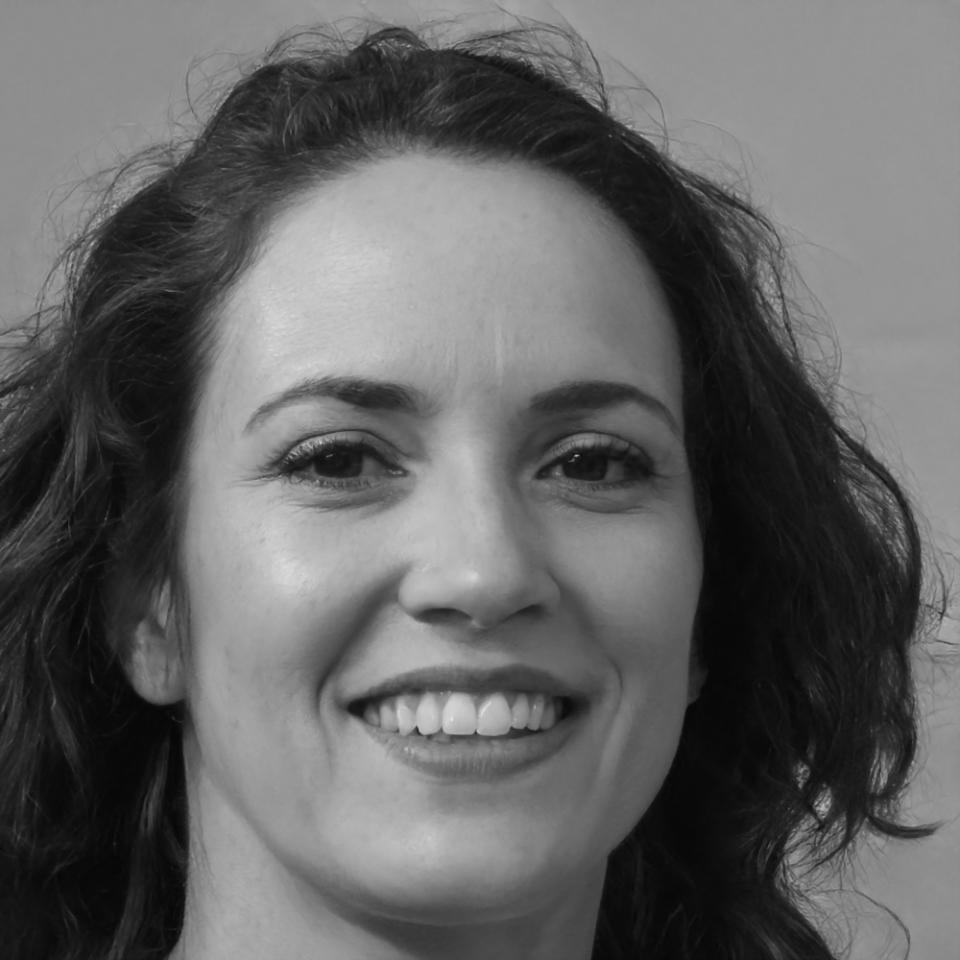Master Investment Principles That Actually Work
Skip the get-rich-quick schemes and learn time-tested strategies used by successful investors. Our evidence-based approach focuses on building sustainable wealth through disciplined portfolio management and risk assessment.
Start Learning TodayPortfolio Construction Framework
Learn systematic approaches to building diversified portfolios that balance growth potential with risk management. We cover asset allocation models, correlation analysis, and rebalancing strategies that professional fund managers actually use in practice.
Risk Assessment Methods
Develop skills to evaluate investment risks beyond simple volatility metrics. Master techniques for analyzing downside protection, stress testing portfolios, and understanding how different market conditions affect various asset classes and investment strategies.
Market Analysis Techniques
Build competency in both fundamental and technical analysis approaches. Learn to interpret financial statements, evaluate company metrics, recognize market patterns, and understand economic indicators that drive investment performance over different time horizons.
Your Investment Education Journey
Foundation Building
Start with core investment concepts and financial market mechanics. You'll understand how different asset classes behave, what drives market movements, and how to read essential financial documents and reports.
Strategy Development
Learn to construct investment strategies that match your goals and risk tolerance. We cover everything from conservative income strategies to growth-focused approaches, helping you understand when and why to use different tactics.
Advanced Implementation
Master sophisticated techniques like options strategies, international diversification, and alternative investments. You'll also learn portfolio monitoring systems and when to make adjustments based on changing market conditions.
Common Investment Questions
Master Investment Principles That Actually Work
Skip the get-rich-quick schemes and learn time-tested strategies used by successful investors. Our evidence-based approach focuses on building sustainable wealth through disciplined portfolio management and risk assessment.
Start Learning TodayPortfolio Construction Framework
Learn systematic approaches to building diversified portfolios that balance growth potential with risk management. We cover asset allocation models, correlation analysis, and rebalancing strategies that professional fund managers actually use in practice.
Risk Assessment Methods
Develop skills to evaluate investment risks beyond simple volatility metrics. Master techniques for analyzing downside protection, stress testing portfolios, and understanding how different market conditions affect various asset classes and investment strategies.
Market Analysis Techniques
Build competency in both fundamental and technical analysis approaches. Learn to interpret financial statements, evaluate company metrics, recognize market patterns, and understand economic indicators that drive investment performance over different time horizons.
Your Investment Education Journey
Foundation Building
Start with core investment concepts and financial market mechanics. You'll understand how different asset classes behave, what drives market movements, and how to read essential financial documents and reports.
Strategy Development
Learn to construct investment strategies that match your goals and risk tolerance. We cover everything from conservative income strategies to growth-focused approaches, helping you understand when and why to use different tactics.
Advanced Implementation
Master sophisticated techniques like options strategies, international diversification, and alternative investments. You'll also learn portfolio monitoring systems and when to make adjustments based on changing market conditions.
Common Investment Questions
Learn from Experienced Practitioners
Our instructors combine academic knowledge with real-world investment experience, having managed portfolios through multiple market cycles and economic conditions.

Michael Richardson
Former portfolio manager with 15 years managing institutional funds, specializing in risk-adjusted returns and multi-asset strategies.

Sarah Chen
Financial analyst and former equity research director, expert in fundamental analysis and market valuation techniques.
Ready to Build Investment Expertise?
Join thousands of students who've transformed their approach to investing through our comprehensive education programs. Whether you're just starting out or looking to refine existing strategies, we'll help you develop the skills and confidence to manage your financial future effectively.
Learn from Experienced Practitioners
Our instructors combine academic knowledge with real-world investment experience, having managed portfolios through multiple market cycles and economic conditions.

Michael Richardson
Former portfolio manager with 15 years managing institutional funds, specializing in risk-adjusted returns and multi-asset strategies.

Sarah Chen
Financial analyst and former equity research director, expert in fundamental analysis and market valuation techniques.
Ready to Build Investment Expertise?
Join thousands of students who've transformed their approach to investing through our comprehensive education programs. Whether you're just starting out or looking to refine existing strategies, we'll help you develop the skills and confidence to manage your financial future effectively.